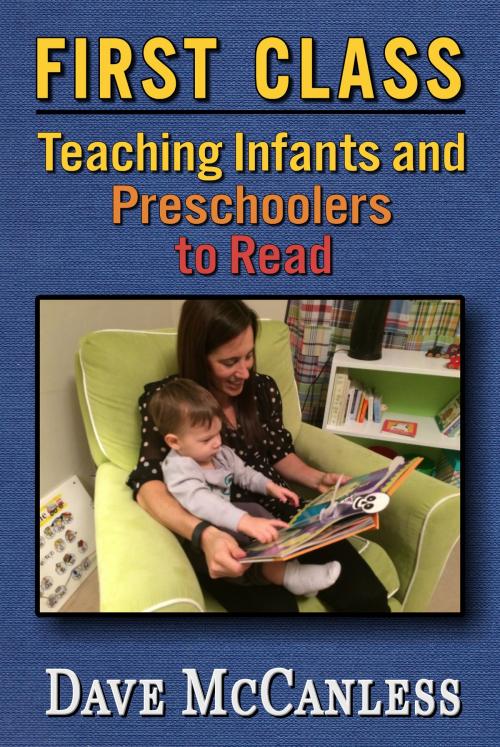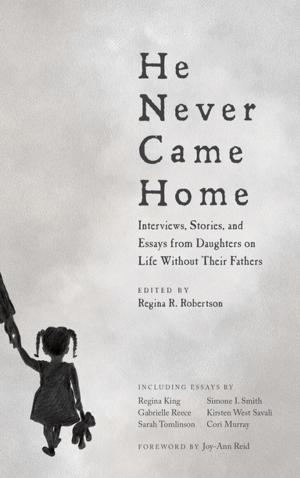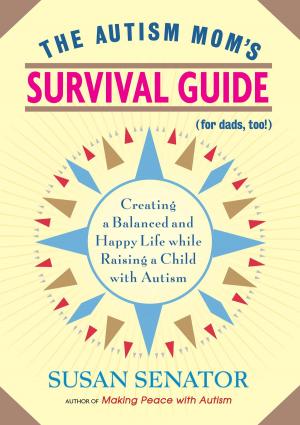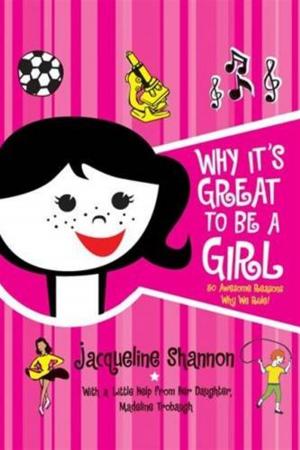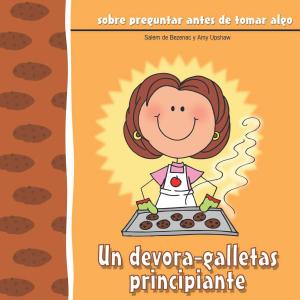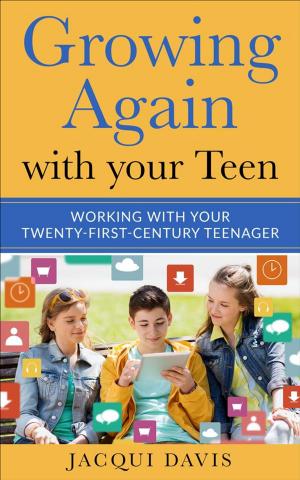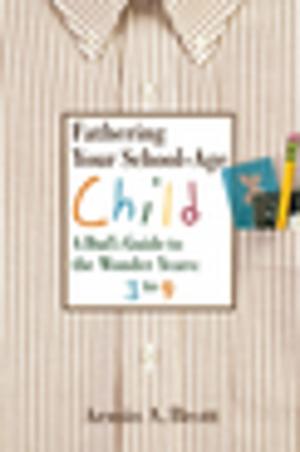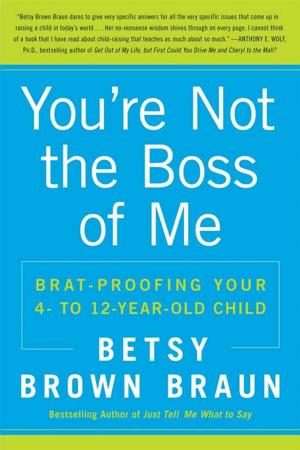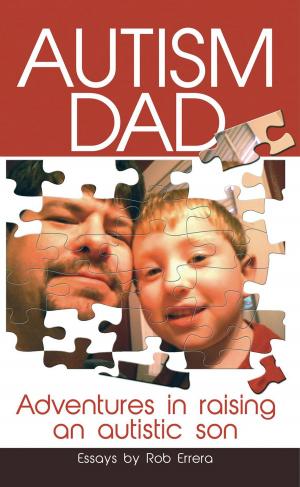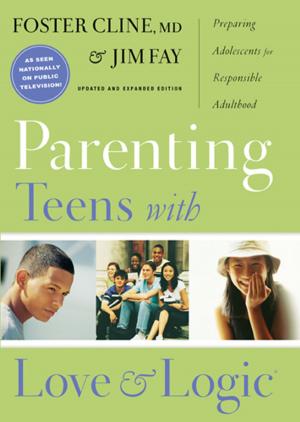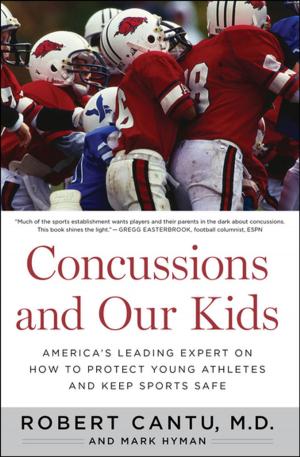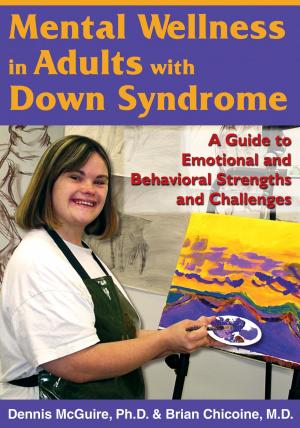First Class: Teaching Infants and Preschoolers to Read
Nonfiction, Reference & Language, Education & Teaching, Teaching, Teaching Methods, Family & Relationships, Parenting| Author: | Dave McCanless | ISBN: | 9781310434419 |
| Publisher: | Dave McCanless | Publication: | December 21, 2015 |
| Imprint: | Smashwords Edition | Language: | English |
| Author: | Dave McCanless |
| ISBN: | 9781310434419 |
| Publisher: | Dave McCanless |
| Publication: | December 21, 2015 |
| Imprint: | Smashwords Edition |
| Language: | English |
I'm Dave McCanless, author of "First Class: Teaching Infants and Preschoolers to Read," and I have a question for you...
What is the one thing you as a parent can do for your very young child (ages 8 months to 4 years) that will give them the greatest chance for success and the best opportunity to flourish in today’s competitive environment?
The answer is something you may not have even considered or thought possible. Teaching your baby to read is something you really can do to help give your child a head-start in life.
As your child's first teacher, you'll open up a world of discovery and fun, instilling in him/her a lifelong love of learning. As a bonus, you'll create cherished memories as you take advantage of this unique opportunity to bond with your child.
In my book, you'll learn the same word play games that I used to teach both of my children to read by the age of two. And when I say my children were able to read, I mean they were able to do the following:
•Speak sight words by the time they were a year old: At 10-months-old, my son, Kenny, was able to read and speak sight words. Katie, his younger sister, was around a year old when she began to read sight words. I started teaching both children using word cards when they were 8 months old.
•Read 50-60 sight words by the time they were 15 months old: Kenny learned this number of words around the age of 12-13 months. Katie was just a few months behind in her reading skills.
•Read their first book at 15 months: At 15 months, the number of sight words each child could read grew, as did the words they were able to read in books. Kenny had learned all the alphabet sounds and was starting to learn the remaining 46 phonograms. It was at this time he read his first book, aptly titled, "I Can Do It Myself."
•Sound out unfamiliar words by 20 months: At around 20 months, both children had a solid grasp of most of the 72 phonogram sounds. Both were beginning the process of looking at a word they had not seen before and sounding it out.
•Read books aloud on their own between 20 and 24 months: At this age, I introduced my children to the phonics dictionary. At the age of two, Kenny was reading aloud to us and on his own stacks of Golden Books and many others. Katie’s greatest joy was reading to her parents, her cat, even her stuffed animals!
I taught my techniques to my friends, Len and Kristie, who used them to teach their sons to read. Here's what they have to say about my early reading program:
"About a month ago, we received some great news. According to the latest reading assessment, our son, Simon, is reading at the 99th percentile with a grade equivalent of 12.9+. Based on the national norms, he reads a level equal to that of a typical post-high school student. Pretty amazing for a 3rd grader!
We found many of the tools you provided extremely useful in teaching our boys the fundamentals in a way that made reading a fun and positive experience. As toddlers, both of our boys enjoyed our special time playing the sound games together. It became a time of bonding between us and something we would both look forward to. Even now, at ages five and eight, we still enjoy our nightly reading time together, taking turns reading aloud books that now interest both of us.
Most importantly, your material inspired us to teach them to read early, where it wasn’t something we had even considered, or thought possible, at that age. It has been such a rewarding experience to help them learn and develop. We know that they have a love of reading and learning that they will have with them their entire lives, and it has provided us with peace of mind, knowing that they have the tools to excel academically if they put forth the effort."
—Len & Kristi
Purchase your copy of "First Class: Teaching Infants and Preschoolers to Read" today and put into practice these proven methods that will help put your child on the road to a lifetime of success.
I'm Dave McCanless, author of "First Class: Teaching Infants and Preschoolers to Read," and I have a question for you...
What is the one thing you as a parent can do for your very young child (ages 8 months to 4 years) that will give them the greatest chance for success and the best opportunity to flourish in today’s competitive environment?
The answer is something you may not have even considered or thought possible. Teaching your baby to read is something you really can do to help give your child a head-start in life.
As your child's first teacher, you'll open up a world of discovery and fun, instilling in him/her a lifelong love of learning. As a bonus, you'll create cherished memories as you take advantage of this unique opportunity to bond with your child.
In my book, you'll learn the same word play games that I used to teach both of my children to read by the age of two. And when I say my children were able to read, I mean they were able to do the following:
•Speak sight words by the time they were a year old: At 10-months-old, my son, Kenny, was able to read and speak sight words. Katie, his younger sister, was around a year old when she began to read sight words. I started teaching both children using word cards when they were 8 months old.
•Read 50-60 sight words by the time they were 15 months old: Kenny learned this number of words around the age of 12-13 months. Katie was just a few months behind in her reading skills.
•Read their first book at 15 months: At 15 months, the number of sight words each child could read grew, as did the words they were able to read in books. Kenny had learned all the alphabet sounds and was starting to learn the remaining 46 phonograms. It was at this time he read his first book, aptly titled, "I Can Do It Myself."
•Sound out unfamiliar words by 20 months: At around 20 months, both children had a solid grasp of most of the 72 phonogram sounds. Both were beginning the process of looking at a word they had not seen before and sounding it out.
•Read books aloud on their own between 20 and 24 months: At this age, I introduced my children to the phonics dictionary. At the age of two, Kenny was reading aloud to us and on his own stacks of Golden Books and many others. Katie’s greatest joy was reading to her parents, her cat, even her stuffed animals!
I taught my techniques to my friends, Len and Kristie, who used them to teach their sons to read. Here's what they have to say about my early reading program:
"About a month ago, we received some great news. According to the latest reading assessment, our son, Simon, is reading at the 99th percentile with a grade equivalent of 12.9+. Based on the national norms, he reads a level equal to that of a typical post-high school student. Pretty amazing for a 3rd grader!
We found many of the tools you provided extremely useful in teaching our boys the fundamentals in a way that made reading a fun and positive experience. As toddlers, both of our boys enjoyed our special time playing the sound games together. It became a time of bonding between us and something we would both look forward to. Even now, at ages five and eight, we still enjoy our nightly reading time together, taking turns reading aloud books that now interest both of us.
Most importantly, your material inspired us to teach them to read early, where it wasn’t something we had even considered, or thought possible, at that age. It has been such a rewarding experience to help them learn and develop. We know that they have a love of reading and learning that they will have with them their entire lives, and it has provided us with peace of mind, knowing that they have the tools to excel academically if they put forth the effort."
—Len & Kristi
Purchase your copy of "First Class: Teaching Infants and Preschoolers to Read" today and put into practice these proven methods that will help put your child on the road to a lifetime of success.
